Beurer’s personal heating devices create a cosy atmosphere and help to save a lot of energy
Electric heating devices for the whole body consume up to 20 times less electricity and make life cosy.
Shopping cart is empty
Would you like to see your most recently viewed products and get even better offers?
Please select preferred method of registration
Please select your preferred method of registration. To register as a legal person select E-mail.
Monday, January 16, 2023
The big technology fair CES 2023 in Las Vegas showed us in many ways the direction in which technical devices will develop this year. We are highlighting seven of the biggest trends among the huge amount of tech news on display at the fair.
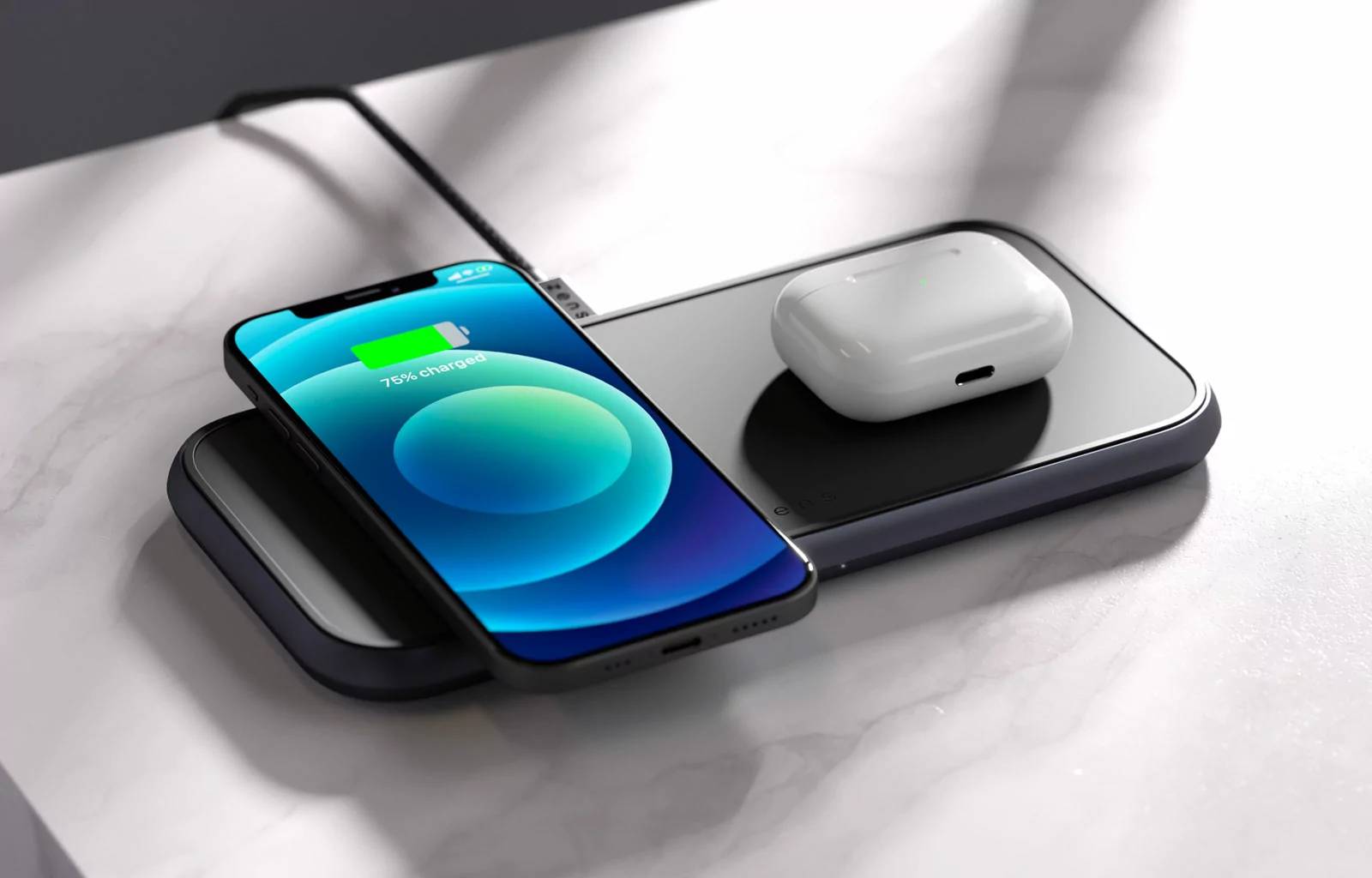
Wireless charging has been available to us for years, but devices that can charge wirelessly are still few and far between, and despite the fact that Qi has emerged as a clear winner among competing standards, wireless charging hasn’t been widespread or very convenient to date.
A few years ago, Apple developed a new MagSafe solution for its devices based on the Qi standard, which used magnets to hold the charger in place.
Now, however, Apple, a founding member of the Wireless Power Consortium developing the QI standard, has given several MagSafe patents to WPC for use and the result is the birth of the new Qi2 standard. Like the MagSafe solution, the new standard uses magnets to direct the charger to the correct position, which makes charging more efficient than before. The charging power of the first version of Qi2 still remains at 15W, but a newer version is promised to be introduced soon, bringing charging with more power. Since the Qi2 standard is still very new, we will probably see devices supporting the new standard in the second half of the year.
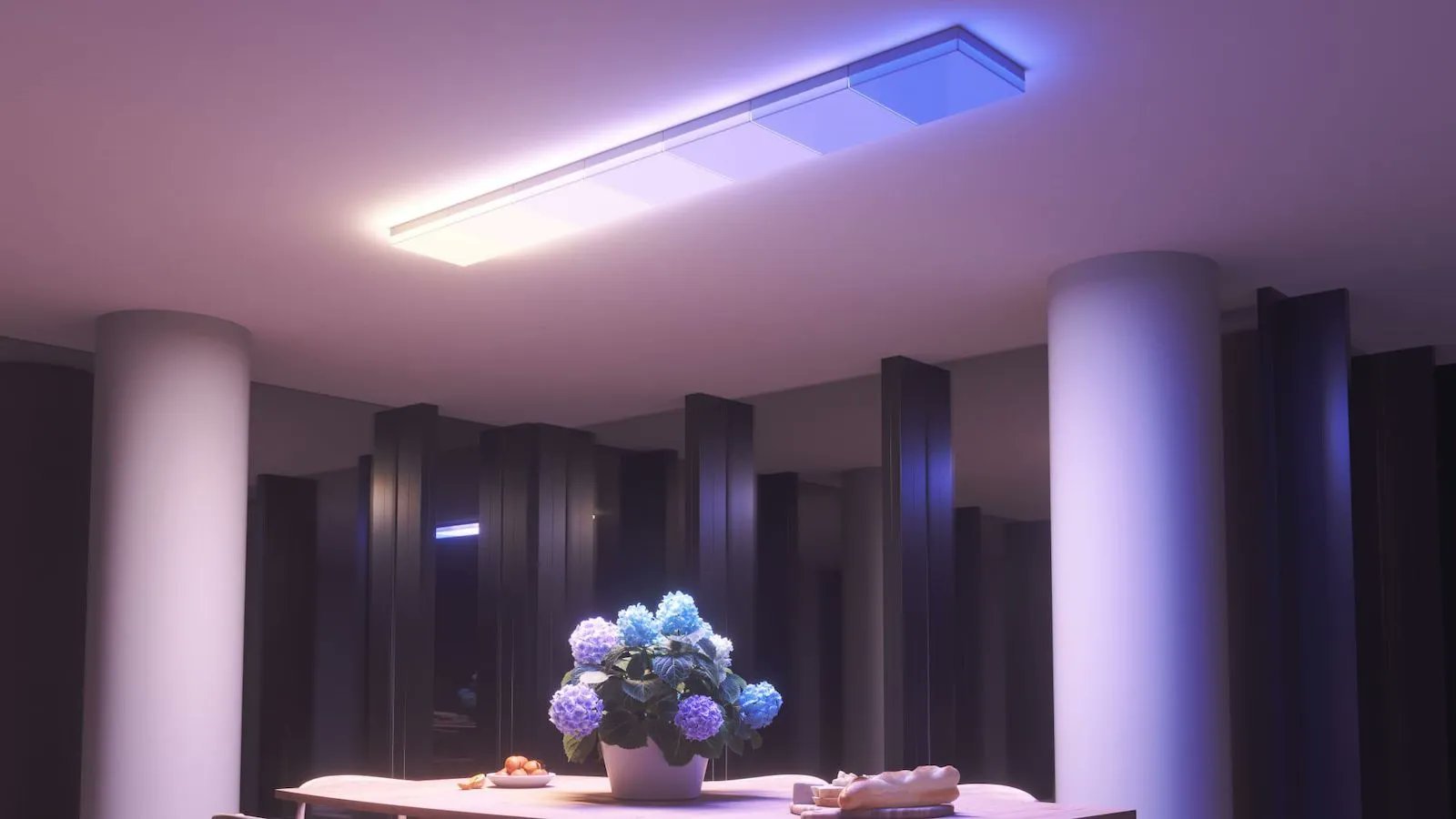
Matter is a new compatibility standard for smart home solutions created by tech giants Apple, Amazon, Google and Samsung with the intention to make it easier to create a smart home and make devices from different manufacturers “talk” to each other.
Development of the Matter standard commenced a few years ago, and by now most smart device manufacturers have joined it. The final specification of the first version of Matter was ready a couple of months ago. This was followed by the promise of a large number of manufacturers to update the software of their devices to be compatible with Matter in the near future and to launch new models with Matter support. Apple and Google added Matter support to the new versions of iOS and Android, but things remained quiet in the world of new devices as everyone was waiting for the final standard before launching new gadgets.
Now all the conditions have been met, and since CES was the first major tech event after the standard was completed, many manufacturers of smart home devices showed off their latest products there. The most important brands that showcased a large number of new Matter-enabled devices at CES were Nanoleaf, Twinkly, TP-link, and Xiaomi brands Yeelight and Aqara. But Matter support could be seen everywhere. For example, this year’s TVs from most manufacturers will have Matter support.
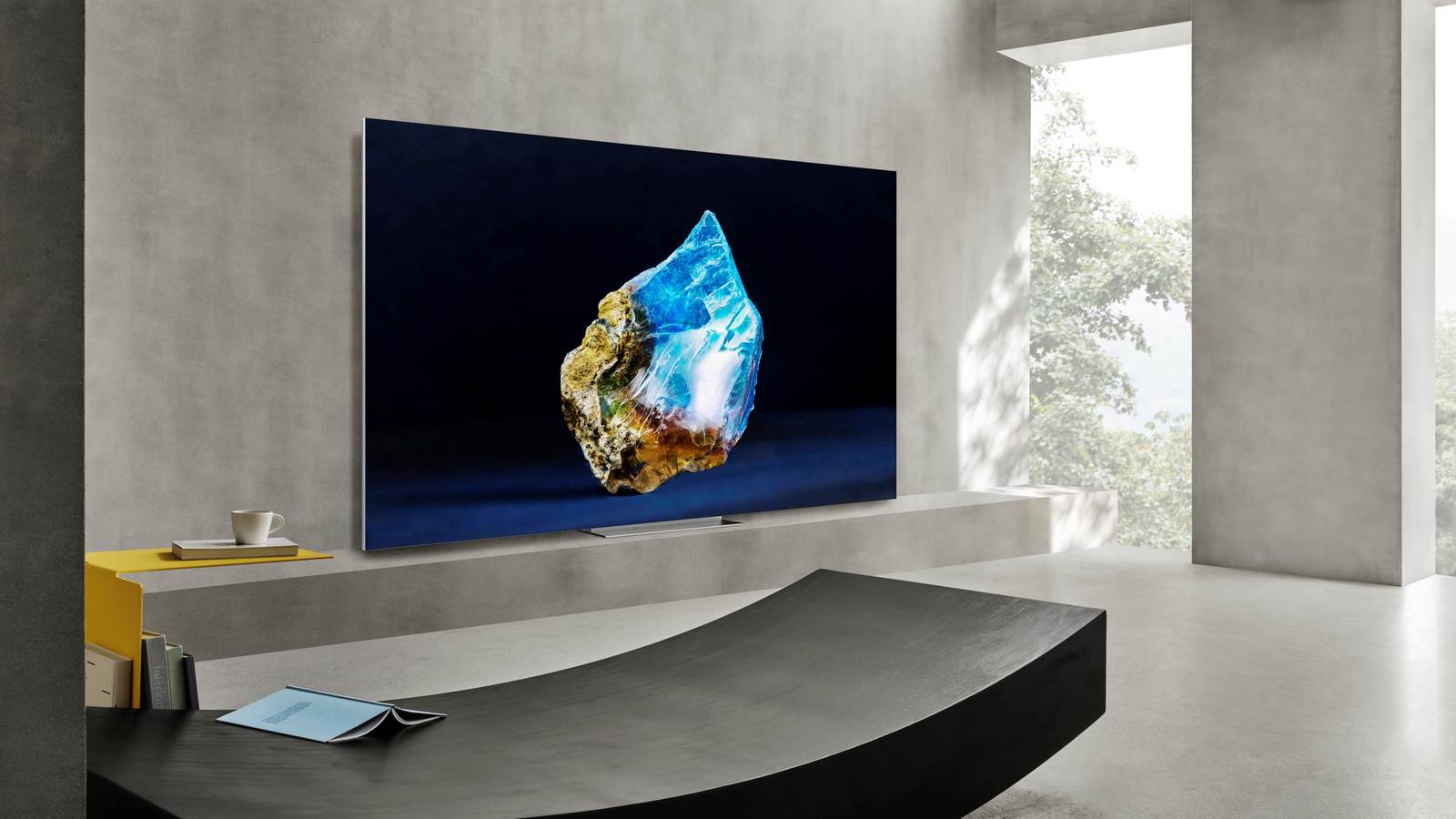
This year, practically all TV manufacturers have paid special attention to improving the brightness of the screens. Under normal conditions, the brightness of most TVs is sufficient even now. However, higher brightness becomes important when watching TV in direct sunlight. Another big role is the reserve of maximum brightness when it is necessary to bring out the darkest and brightest details from the shadows on HDR-quality content.
Now that Samsung is offering competition to LG in the production of OLED screens, the brightness of OLED TVs has made a big leap. If a few years ago the brightness of the best OLED TVs was around 1000 nits, the brightness of the new models introduced this year is already twice as high, i.e. reaching 2000 nits.
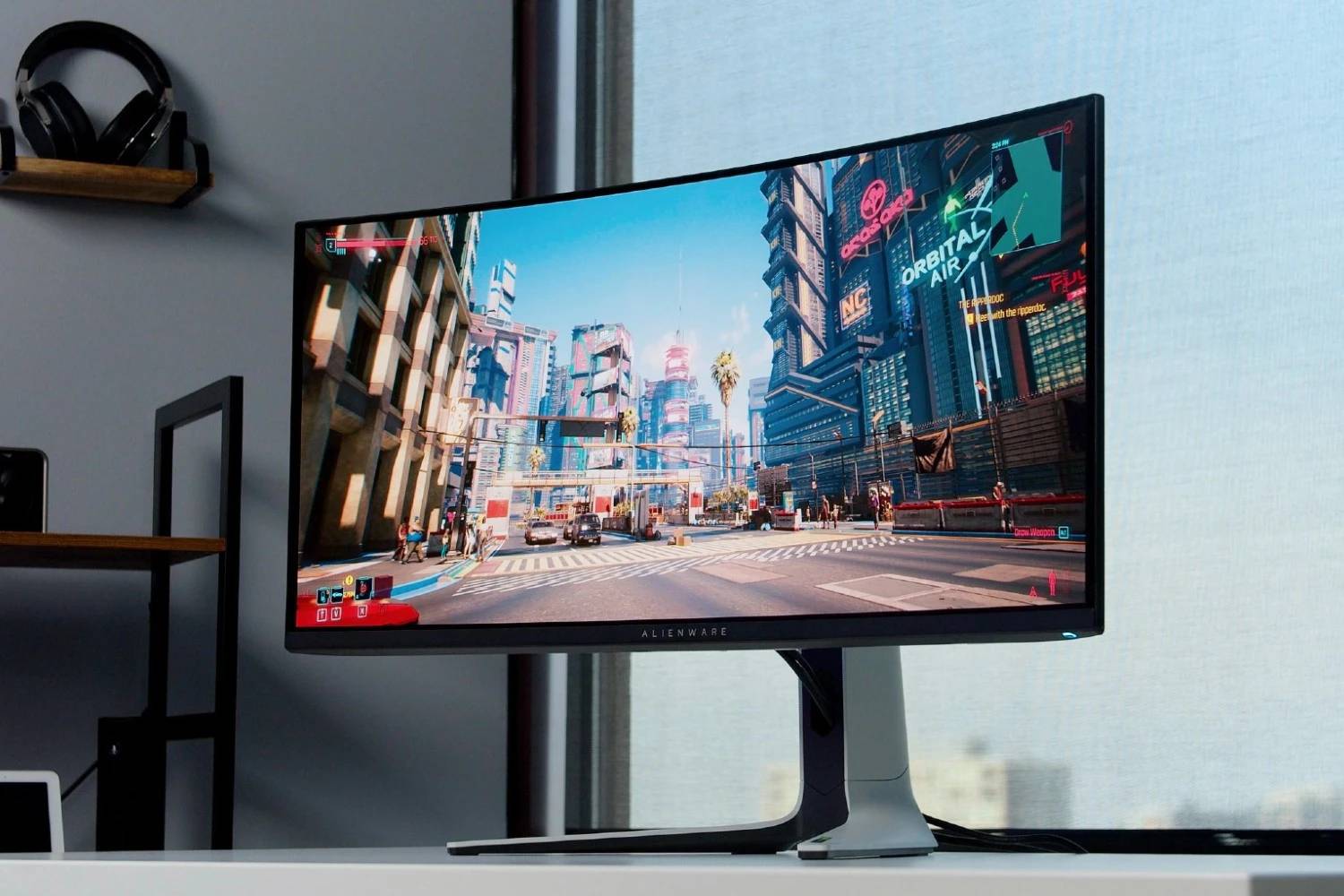
Another category where the competition born out of the production of OLED screens is clearly evident is monitors. This development can be seen particularly clearly among gaming monitors. A few months ago, the choice of OLED monitors was practically non-existent.But now, in addition to Samsung and LG, most other well-known monitor manufacturers have also introduced their models with OLED screens.
A couple of years ago, LG launched launched its smallest 42-inch 120Hz 4K OELD TV. It was a hugely popular purchase among gamers, which clearly showed that there is a demand for high-contrast and fast OLED monitors and smaller-diagonal versions are also highly anticipated. ASUS, Acer, Dell, Alienware, ViewSonic, MSI and others also had their OLED monitors on display at CES. Most of these new monitors feature a 27” or 32” diagonal.
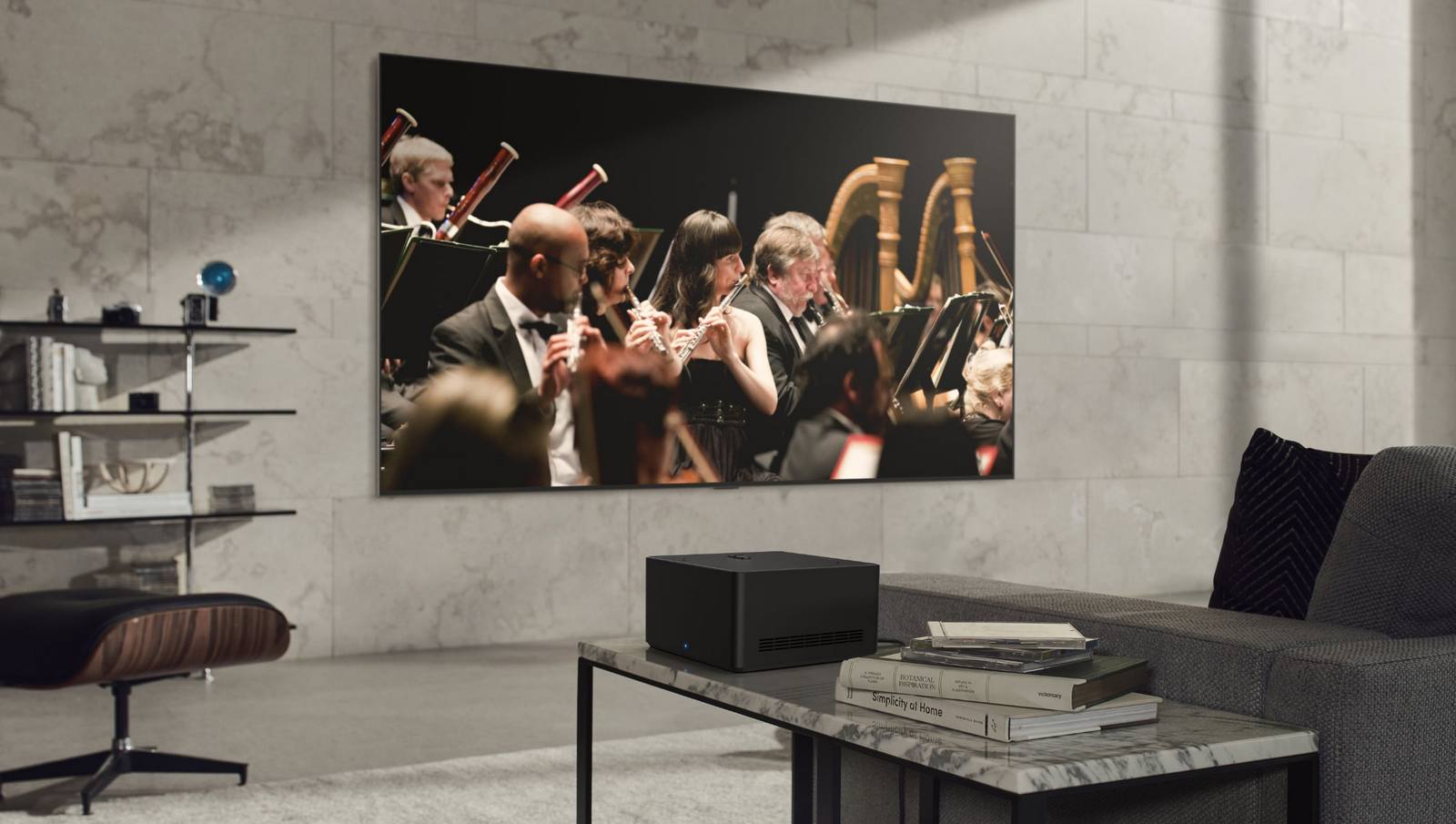
While we still have longer to wait for wireless power, wireless signal transmission took a good step closer to reality at this fair. LG introduced the 97" M3 OLED TV, which has no input socket and the only wire going to the screen is the power cable. There is a separate “box” for inputs with an antenna slot on the back, 3 HDMI inputs and a network cable slot. An antenna is hidden on top of the box, which wirelessly sends a 4K signal from the input of up to 120 Hz to the TV.
Since today the main external device to be connected to the TV is a game console, the question immediately arises as to how big the delay is in the case of such a wireless signal transmission, i.e. whether it is actually possible to play with such a solution. LG did not answer this question, claiming that they have not measured it yet. The truth will be revealed soon, because LG promises to put the M3 TV on the market in the near future.
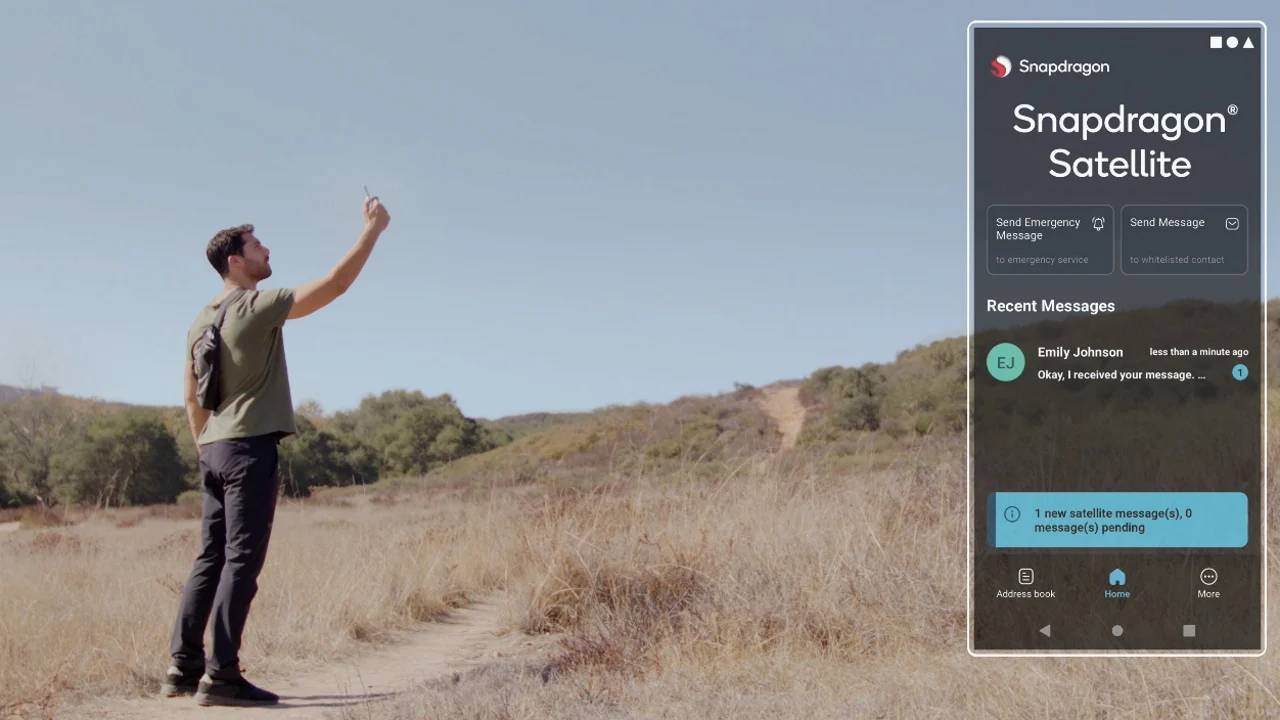
The great attraction of hiking is discovering new places, usually far from settlements where mobile communications do not reach. Such “leaving the range” is good for both physical and mental health, but it also has its share of dangers. If something were to happen, getting help or staying in touch with loved ones is nearly impossible. Garmin and a few other manufacturers have produced stand-alone satellite communication devices to solve this very situation, which allow sending an SOS signal with location information or a limited number of messages for a monthly fee. With the iPhone 14 series, Apple brought a similar service to phones as well, but at the moment it only allows calling for help in case of emergency.
At CES, however, several of Apple’s competitors showcased their solutions. Android 14 coming this fall will also get satellite support, although we don’t know the details yet. Qualcomm is building its own similar system, which will arrive in phones with the latest SnapDragon series chips in the second half of the year. The Bullit Group, which makes phones for rugged conditions in partnership with MediaTek, also showed off its satellite messaging solution, which should arrive in phones later this year. We can assume that, at some point, the satellite internet company Starlink will come up with a similar solution, although at the moment they have nothing official to say about such plans.
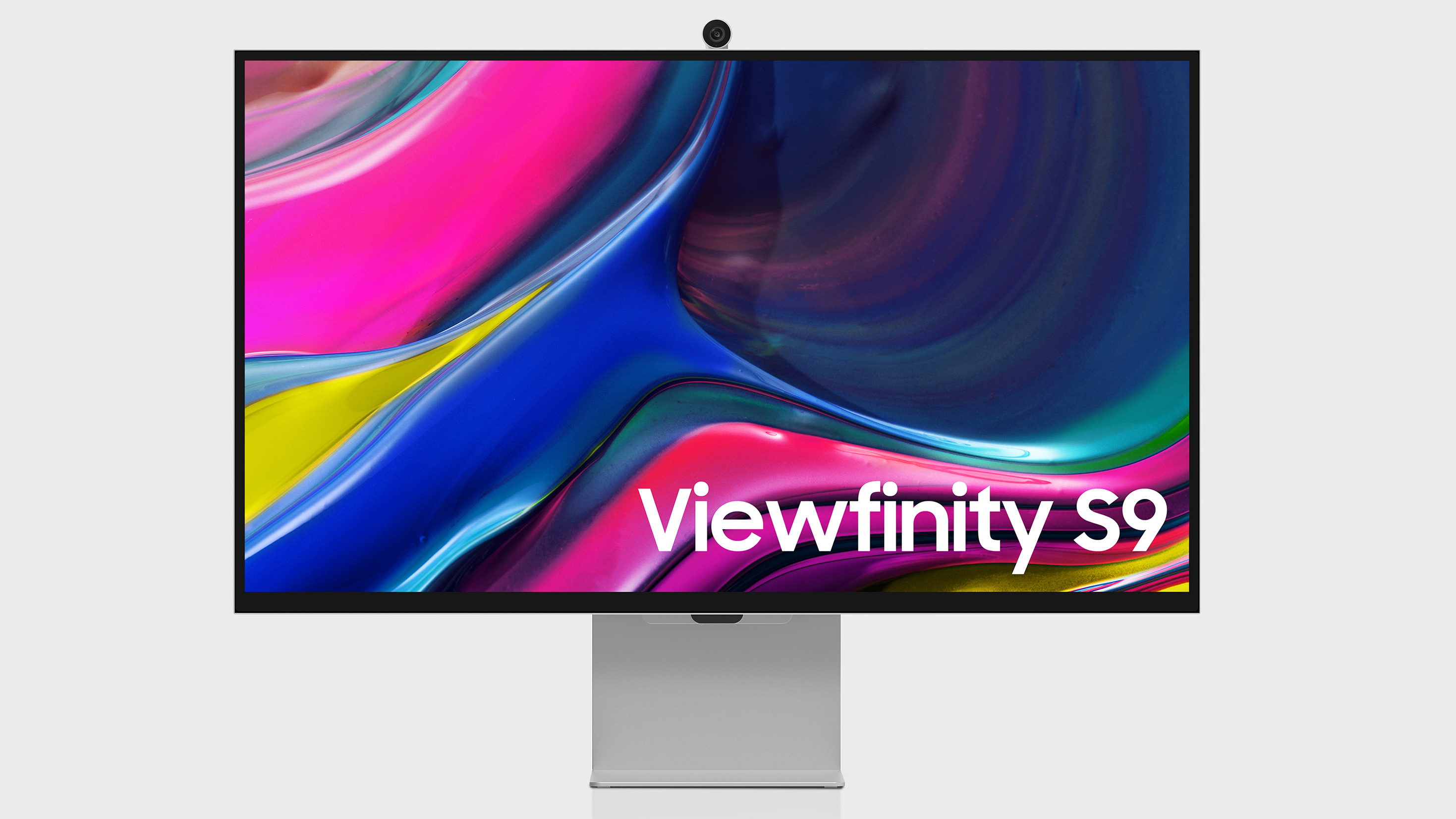
Apple’s Studio Display and Pro Display XDR have long been favourite monitors for content creators. This is primarily because other similar 5K and 6K resolution monitors have not been available so far, except for one attempt by LG. However, both Samsung and Dell showcased such monitors at CES.
Samsung’s ViewFiniti S9 is a 27-inch 5K monitor that is similar in features and design to Apple’s Studio Display. However, the Samsung monitor has more connection options. The monitor also features Samsung’s SmartTV apps and a remote control for controlling them. Another distinguishing feature of the Samsung monitor is the integrated 4K webcam, which Apple has not included in its monitors.
However, Dell’s UltraSharp 32 is even more interesting. It is the first monitor whose resolution and diagonal are identical to Apple’s Pro Display XDR. The screen is an IPS panel with a slightly weaker contrast, but the monitor is equipped with speakers, microphones and a powerful 4K web camera. Samsung and Dell have not yet announced prices for the new monitors. This is exactly what will determine how successful these new models will be. It is very likely that both monitors will be significantly more affordable than Apple’s versions.

Electric heating devices for the whole body consume up to 20 times less electricity and make life cosy.
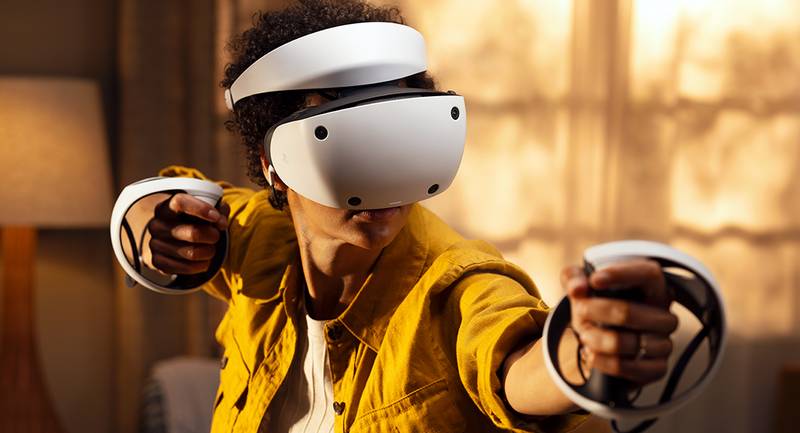
The long-awaited VR glasses developed for the PlayStation 5 console will go on sale on 23 February.
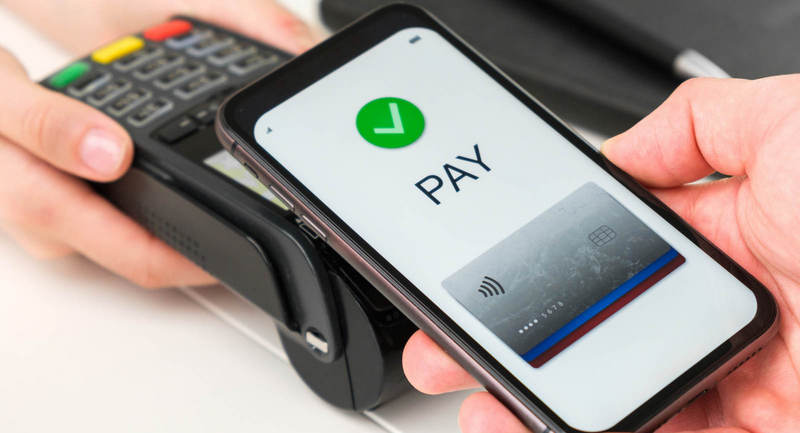
The service is available with all SEB Bank Mastercard cards on Android phones with NFC support and smartwatches with Wear OS 3 software.